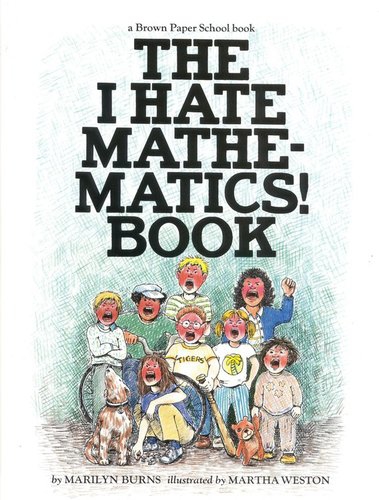 When I first began my career, many moons ago, I was teaching second grade. Like most new teachers, I was full of energy, trying out new techniques and strategies every week. My earliest memory of Marilyn Burns, the mathematics guru extraordinaire, was when I got my hands on The I Hate Mathematics! Book. I’m a reading girl, and always have been. I’ve always believed I didn’t like mathematics and would even go as far as to say I hated it! This book, literally, changed the way I think of math.
When I first began my career, many moons ago, I was teaching second grade. Like most new teachers, I was full of energy, trying out new techniques and strategies every week. My earliest memory of Marilyn Burns, the mathematics guru extraordinaire, was when I got my hands on The I Hate Mathematics! Book. I’m a reading girl, and always have been. I’ve always believed I didn’t like mathematics and would even go as far as to say I hated it! This book, literally, changed the way I think of math.
Yes, You CAN Use Literature to Teach Math
When I was in school, math was all about memorization and correct answers. The process wasn’t imaginative; answers were either all right or all wrong; and getting the exact answer seemed next to impossible! As a teacher, The I Hate Mathematics! Book opened my eyes to creative thinking and diverse methods of problem solving. As I weaned myself into this creative math, this book was my go-to. I recommended it to my math-wary students and also used the puzzles, problems and practices in my lessons.
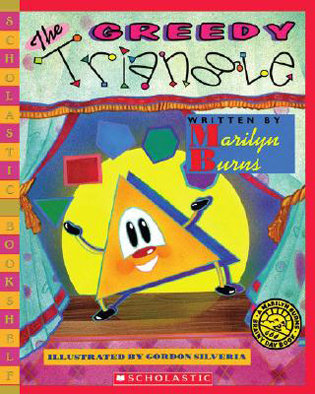 I have now been a fan of Marilyn Burns’ books and teaching math through literature for years. My favorite at the moment is The Greedy Triangle (Grades P-2, Level N, Lexile 580).
I have now been a fan of Marilyn Burns’ books and teaching math through literature for years. My favorite at the moment is The Greedy Triangle (Grades P-2, Level N, Lexile 580).
In this story, the triangle is not quite happy with himself. Three sides is the minimum number of sides one can have to be a shape, and while there are things he enjoys, like listening to a conversation while he slipped “into place when people put their hands on their hips,” he thinks there must be more to life. He ventures off to a shape shifter to give him an extra side and one more angle.
Quirky illustrations depict shapes in various real life objects, showing students shapes in different forms and positions. As Burn’s explains in the back matter of the book, “The illustrations give children a chance to think more flexibly about shapes and how they are used.” Beyond the mathematics, underlying themes of acceptance and self-identity also appear.
CLASSROOM IDEAS
Certain activities let students create, discover, synthesize and use deductive reasoning as they follow along with the text. Using Creately, a free website application, students can first create and then transform shapes to create new ones, depicting the changes that triangle experiences with help from the shape shifter. This whole-class activity can be done on an interactive white board or on independent devices.
While younger students can simply identify the number of angles, sides and names of simple shapes, older students can draw conclusions about the characteristics of different shapes.
For example, ask students to create a three sided shape with three angles, and then follow up with questions that prompt students to dig deeper. If they look different but are all considered triangles, what are the characteristics of a triangle? Does the length of the sides matter? The degree of the angle?
When the shape shifter adds a side and an angle, what happens? Do all the students’ shapes look the same now? How are they different? How are they the same? This is the perfect time to introduce more complicated terms such as quadrilateral, parallelogram or rhombus. Students can continue changing the shapes throughout the story.
This interactive activity gives students opportunities to compare and contrast different characteristics of various shapes without memorizing names.
AND ANOTHER MATH STORY…
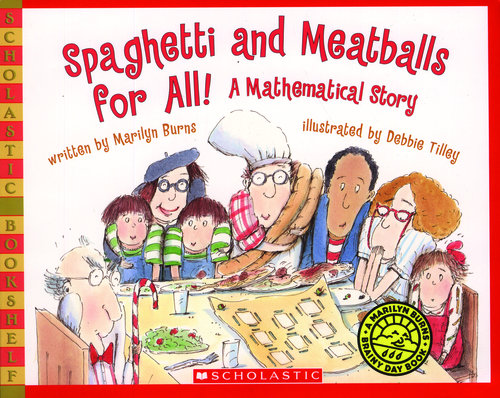 Another one of my favorite titles by Burns is Spaghetti and Meatballs for All! A Mathematical Story (Grades P-3, Lexile 420). In this story, Mr. and Mrs. Comfort are trying to set up eight tables for 32 family members. Perimeter and area are explored, and through trial and error, Mr. and Mrs. Comfort determine how to arrange them so everyone has a seat. Students can use toothpicks or wooden craft sticks to represent each side of a small square table and work together with the Comforts to find the optimum way to seat their family.
Another one of my favorite titles by Burns is Spaghetti and Meatballs for All! A Mathematical Story (Grades P-3, Lexile 420). In this story, Mr. and Mrs. Comfort are trying to set up eight tables for 32 family members. Perimeter and area are explored, and through trial and error, Mr. and Mrs. Comfort determine how to arrange them so everyone has a seat. Students can use toothpicks or wooden craft sticks to represent each side of a small square table and work together with the Comforts to find the optimum way to seat their family.
Besides bringing meaning to mathematical concepts, combining math and literature lets you dig deep into both sets of standards. Just because it’s great for math, doesn’t mean you can’t use it to address main idea, vocabulary, character or point of view. In fact, picture books that address mathematical concepts are great for certain reading strategies such as gathering information from what’s presented visually. Most importantly, these books and activities add an element of fun! When students are engaged, they are motivated, and when they are motivated, they learn more!


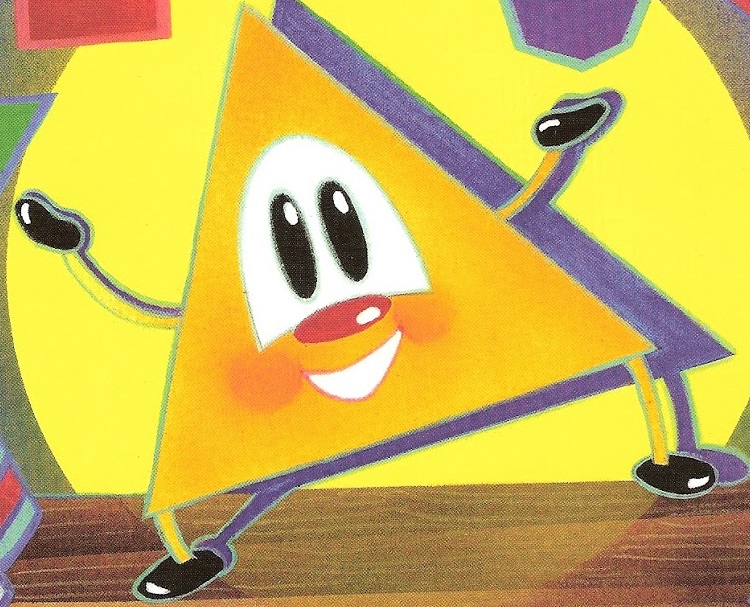

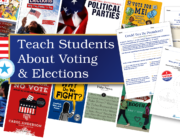
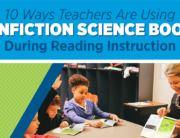
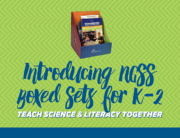
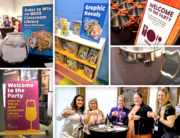
The Greedy Triangle would be a great Teacher Respurce companion book for Flatland!